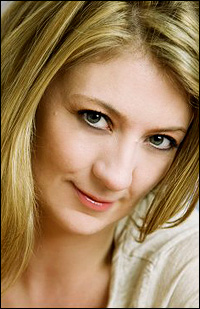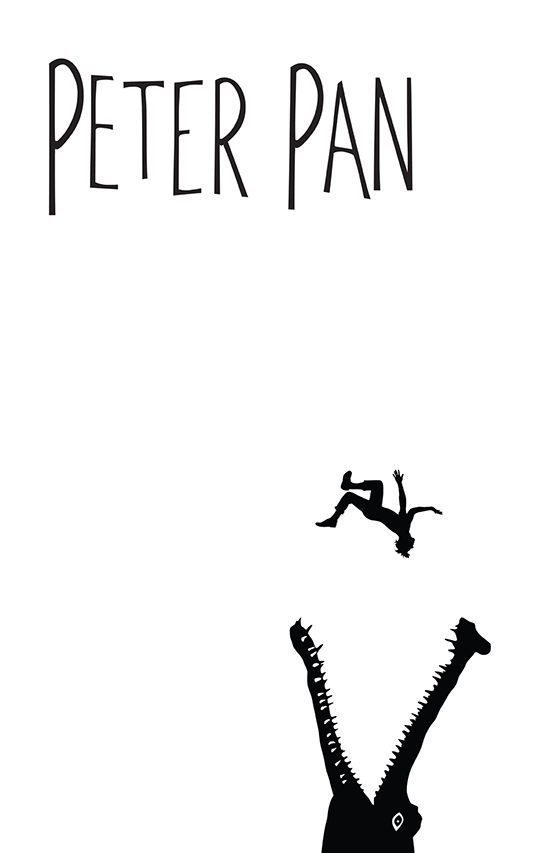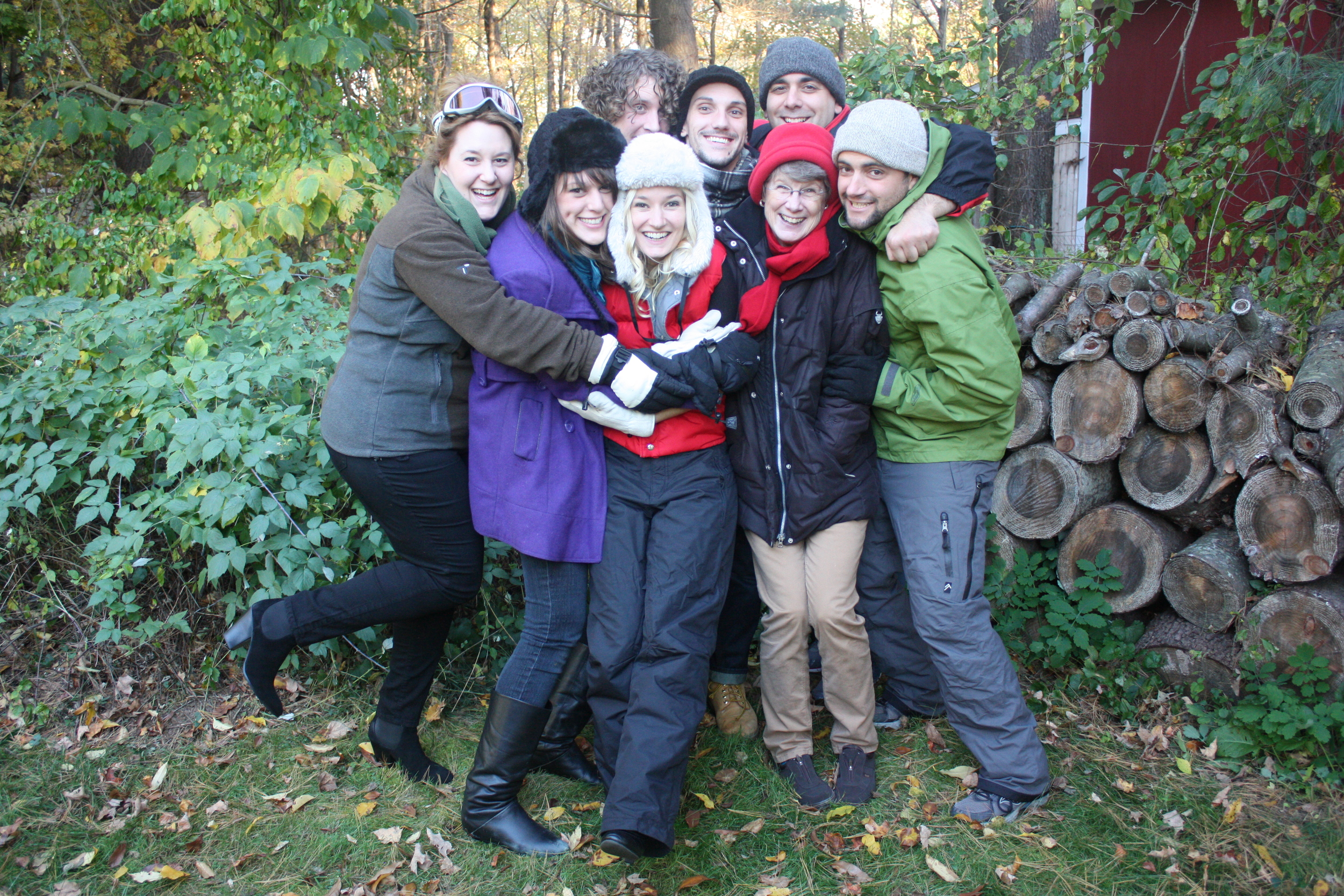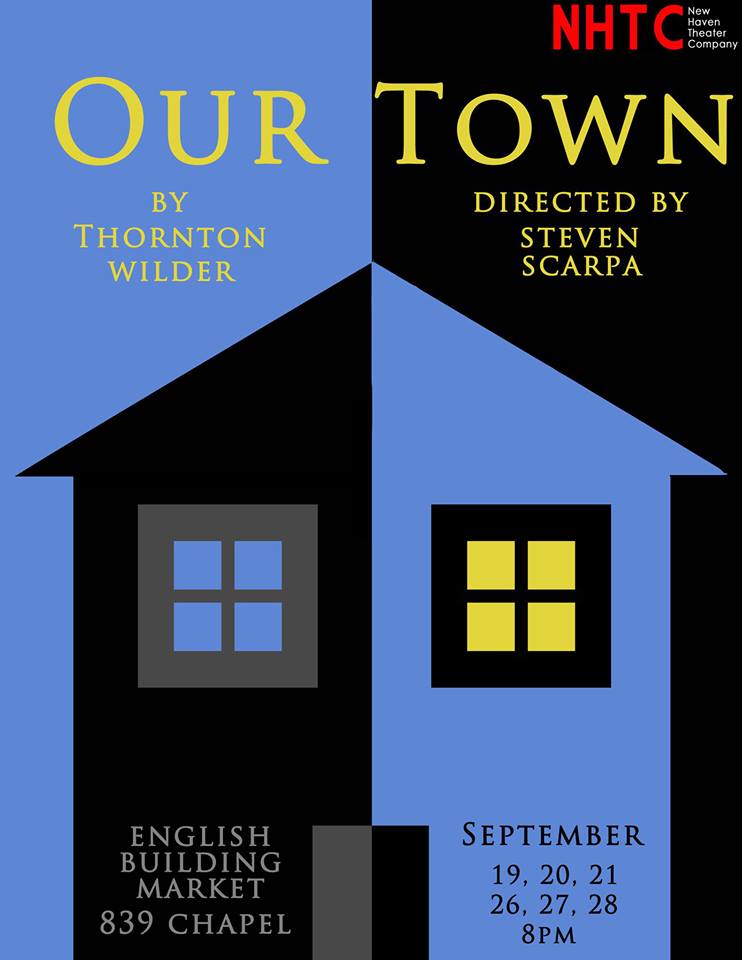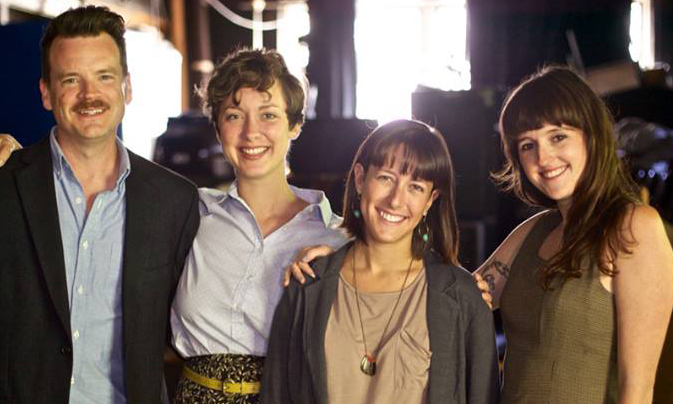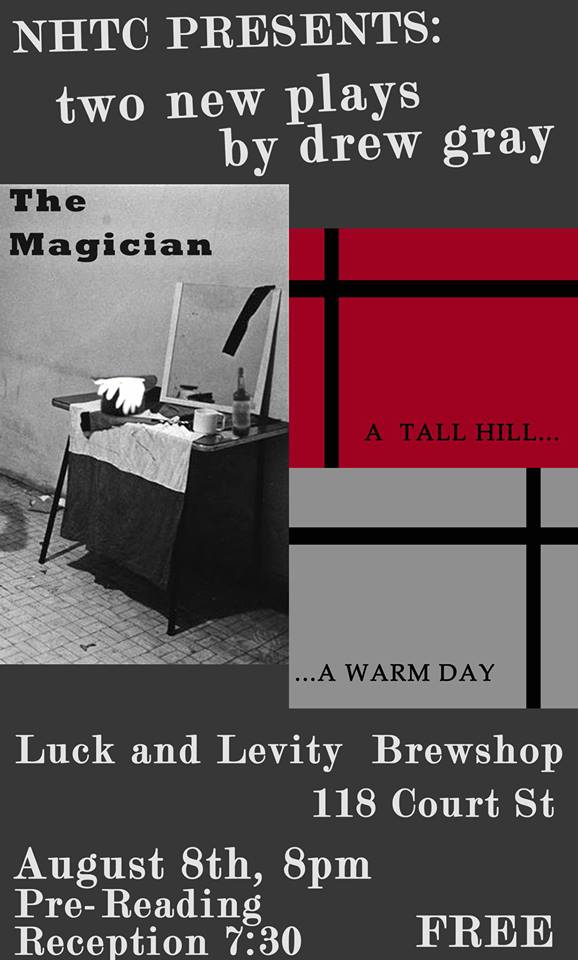With the ramifications about the NSA commanding commentary in various places, the question of a government spying on the private lives of citizens—through phones and internet—has become a major concern of our day, here in the free world. But what about government spying on the public lives of performers, via infiltration of theater groups? The latter is the subject matter of Theatre of the 8th Day’s The Files, playing as part of the No Boundaries series at the Iseman Theater under the auspices of the Yale Rep.

Theatre of the Eighth Day has existed since the Sixties, staging revolutionary theater pieces in their native Poland. In the Seventies and Eighties, in particular, they were the target of the socialist government’s efforts to eradicate the group. In the 2000s, the group gained access to the files that were kept on them and their activities by the government. The descriptions of the group’s members and its projects, as seen through the eyes of the group’s political nemeses, make up the bulk of The Files (2007), interspersed with film or video clips and brief enactments from some of the group’s performances, that act as the highlights of the piece.
Sitting at individual podiums reading to the audience from edited versions of the transcripts—translated into English—seems an unusually static presentation for the Eighth Day. Occasionally, to break up the austere tone, members of the group will enter a space in the center to act out—using the group’s skill at physical humor and expression—scenes that comment upon the view of their activities offered by the officialese of the reports. For instance, one amusing sequence had three male members of the troupe (Adam Borowski, Tadeusz Janiszewski, Marcin Kȩszycki) enacting a series of frisks and contortions that escalated as Ewa Wójciak read a document containing a dizzying account of how a Special Agent would infiltrate the group and bring about certain frictions from within.
The idea that government agents felt they could impersonate revolutionary actors well enough to be accepted seems rather ironic at this distance. One has to imagine agents out-acting the actors to some extent, playing at the roles the others are committed to performing. The odd theatricality of all this imposture and pretending is what seems to best call out for a project like The Files. In the hands of the Eighth Day, their files become the basis for an exploration of their own theatricality as viewed through an audience that is already convinced of the group’s political significance. As much or more than critics and the general public, the agents of the state attended rehearsals and performances so as to see the state flouted. They wanted evidence of anti-socialist messages and of views and theories inimical to state control. They also were partial to hamstrung observations about the creative process.
What is perhaps most amusing in the show is the way the agents interpret the personalities of the cast (each is introduced via photos and descriptions on file) and the aims of the group. Asides, such as how unpredictable the group’s drunken orgies are, work their way into the reports so that we get an oddly objective record of the Eighth Day in its heyday, from an insider/outsider perspective. Whatever the realities of the threats and harassment, in retrospect the surveillance seems almost benign. This is particularly the case when one considers that the sense of Eighth Day’s importance—should we suspect that they may be heroicizing their state-baiting and revolutionary ferment—is supported by these at times irritated accounts of their methods and their goals and their following.
As a retrospect, then, The Files gives viewers a sense of the times the group lived through, together with certain “greatest hits”-like segments from their productions—foregrounding the group’s great command of ensemble work that goes beyond “acting” per se to the kinds of impersonating and personifying that make political allegory so effective. In personifying the threats of and to the Theater of the Eighth Day, the Theater of the Eighth Day re-stages the struggle. This is not a museum piece or a tribute to a job well-done. As expressed by the cast in the Talk Back after the show, the current conditions in democratic Poland, with an extremist right-wing on the upswing, are in some ways more demoralizing than the totalitarian state Theater of the Eighth Day was formed to combat. In the former Poland, the effort to control all expression could only act as an incentive to creative spirits such as the members of the Theatre of Eighth Day. In the current climate, it may be easier for a political message to be lost in the leveling that democratic institutions impose on the arts. Everything has a voice, and so it’s harder for the important voices to be heard.
Speaking of voices, the thought that occurred to me a few times while watching the show was: “who were the people supplying these descriptions of the group’s activities?” One tries to imagine them, based on their testimony of what they saw and experienced. It’s an interesting aspect of the show that it incorporates the words of people who must remain anonymous, their identities hidden behind code names, their prose speaking to us of the partyline, of the assumed and assured position of the agent. The writers have no identities because they have, deliberately, no individuality. And yet their words, at times, are not so different from the kinds of press release-inspired, re-purposed reports of the free press. Whether in a democratic or totalitarian country, artists with urgent messages such as the Theatre of the Eighth Day must be vigilant to avoid becoming a creature of their “credits.”
The Files By Theatre of the Eighth Day (Teatr Ósmego Dnia) Written by Ewa Wójciak and Katarzyna Madon-Mitzner Directed by Theatre of the Eighth Day
Performed by Adam Borowski, Tadeusz Janiszewski, Marcin Kȩszycki, Ewa Wójciak Visual Design by Jacek Chmaj
Yale Repertory Theatre February 20-22, 2014

